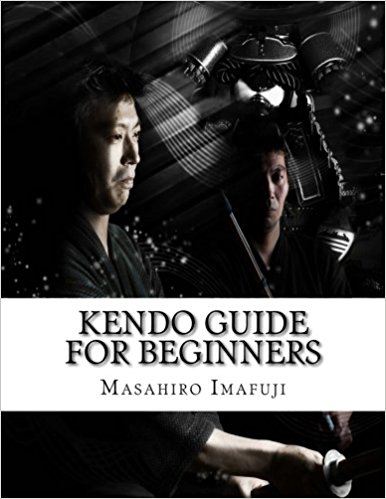You Got It!
Kendo Equipment: General Information
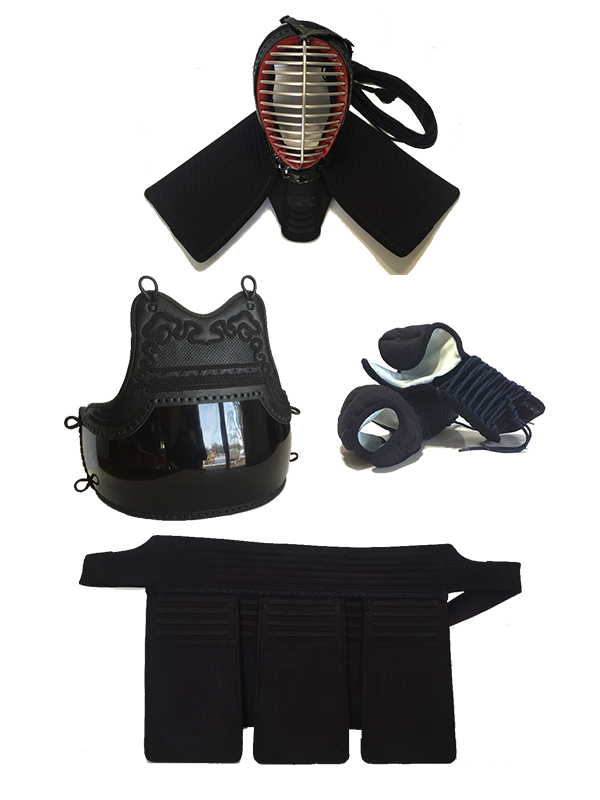 A Set of Bogu by Shogun Kendogu
A Set of Bogu by Shogun KendoguIf you decide to do kendo, you need kendo equipment. But what should you buy? If you have never seen kendo, you probably have some trouble with where to start. Here is what you need.
- wooden sword or bokuto (bokken),
- bamboo sword or shinai,
- training suits (top and bottom, and
- a set of armour or bogu).
Top wear is called keikogi and bottom is called hakama.
However, at the very beginning, we don't really need all the kendo equipment.
At the very beginning, probably you need only a shinai or bokuto.
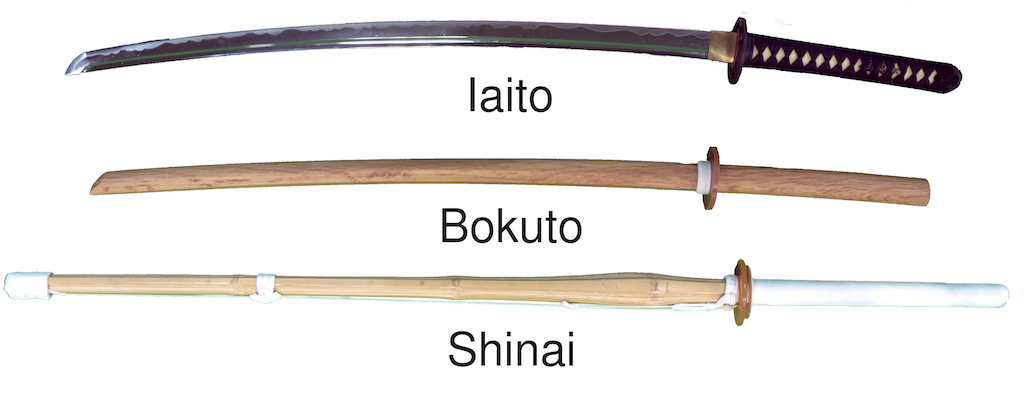
Ideally, we should have a shinai, bokuto, keikogi and hakama at the very beginning. They are the starter kit of kendo.
So some senseis want us to buy the starter kit at the very beginning. If you go to a dojo, you should follow what your sensei says.
Traditionally we should have keikogi and hakama on when we are at dojo so that we can have a different mind set.
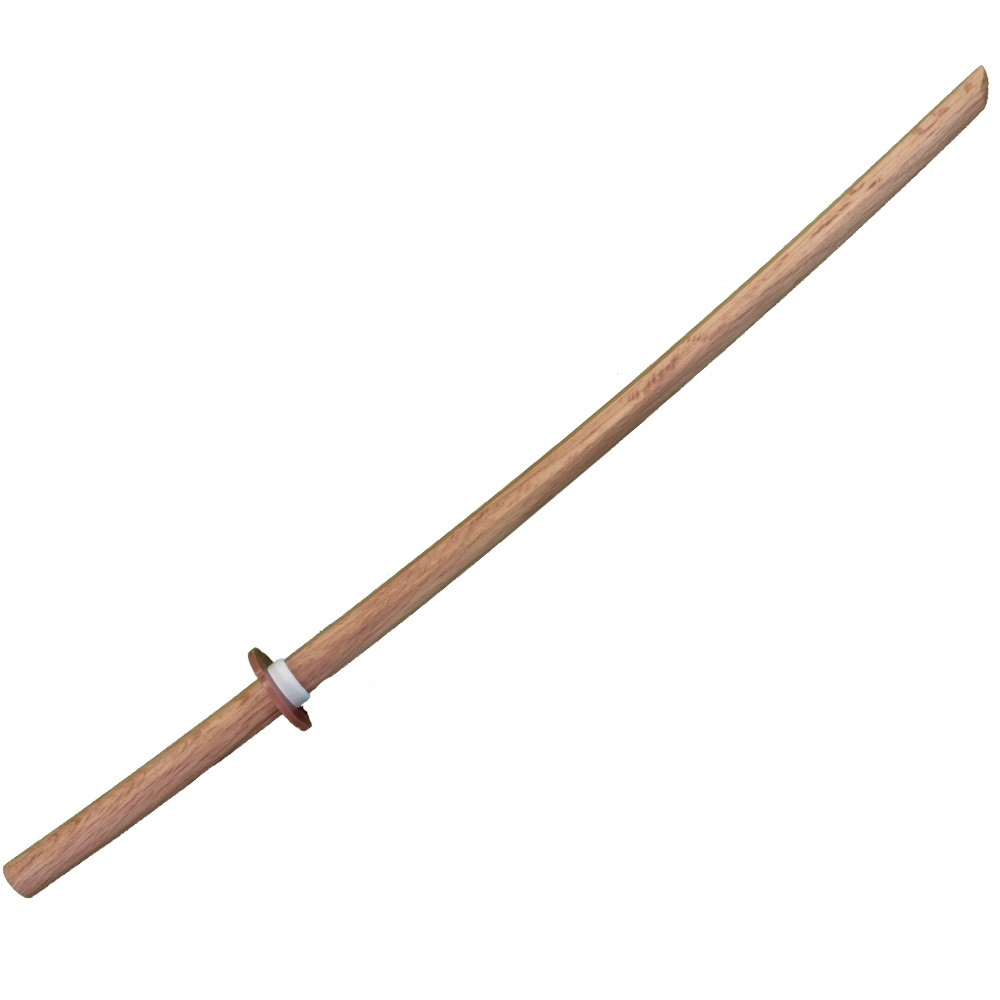 Recommended Kendo Red Oak Bokuto/Bokken with Hand guard and Stopper by Kusakura
Recommended Kendo Red Oak Bokuto/Bokken with Hand guard and Stopper by KusakuraI personally think that we only need bokuto to start with. And gradually add keikogi and hakama and shinai.
The reason that I personally think that beginners don't need everything at the very beginning is that it is overwhelming to beginners.
If beginners are happy to buy everything at the very beginning, I have no problem with that. It is better because they are committed.
Kendo equipment is pricey anyway, so I just don't scare new comers away because of the price they have to pay for everything at the beginning.
We will definitely need a shinai when we start working with a partner since we have to actually hit. We do not want to hit anything with bokuto.
Why? We will destroy either bokuto or an object/person you hit with the bokuto, or both.
**Must Know how to Choose a Shinai**
Not at the beginning. But don't you want to have a shinai that does not break easily?
Besides when you become more and more advanced, you know your striking habits. So you want to buy a shinai that fits your habits.
You may start preferring one kind of shinai to another such as the position of the balance.
**Must Learn How to Maintain Shinai**
Kendo is the safest martial art if we take good care of our shinai. If your shinai is in bad shape, i.e. broken, there is a possibility that you will hurt your training partner.
Keikogi & Hakama (top and bottom)
We do not have to get nervous about these at the beginning of our kendo history.
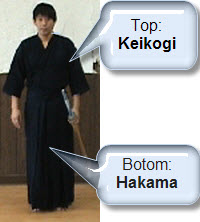
We just have to be careful with those martial arts shops that sell some funny weird keikogi and hakama.
Since kendo is not very well-known, people don't know what keikogi and hakama should look like.
That is why we should be very careful when buying kendo equipment off the Internet.
Don't go for the cheapest but "REASONABLE" price.
Navy Blue or White Keikogi and Hakama?
Thoese kendo equipment seems less important than bogu but they can cause some troubles.
Stick to the tradition and majority. That is the safest when you start anything new.
Go for navy blue keikogi and hakama. Not White.
If you wear navy blue keikogi and hakama you will cause no troubles. But if you wear white ones then some people will not like the way you look.
It is because some people think that the white keikogi and hakama are for "special" use while others promote them since we can see it right away when they get dirty.
Some think white keikogi and hakama are for female even though it is not true. Women tend to wear white ones and cause less trouble by wearing the white ones as men. That is all.
When I was a kid, I started training with keikogi with a pattern called the musashi pattern.
I think this is for kids. I am saying it through my experience but I have never seen Japanese adults wearing a keikogi with the musashi pattern.
If you are an adult beginner, buy navy blue keikogi and hakama. You cannot go wrong with them.
Kids up to 10 years old can still wear a keikogi with the musashi pattern. Again I am talking through my experience here.
Why up to 10 years old? It is because that age was when I said good bye to the musashi pattern and started wearing a navy blue keikogi and hakama.
Cotton VS Polyester
Nowadays, we have a keikogi called a jersey keikogi. The material used is the same or similar to the polyester of normal athletic training wear. This keikogi has been popular in Japan especially for summer.
We should have cotton keikogi and hakama. However, the color will come off as you wash.
It is OK to wear color-faded keikogi and hakama at training but not at tournament or grading because kendo sees elegance as an important part of human development.
Thus, even though it is OK to wear color-faded keikogi and hakama at training, they should not be too washed off or worn out.
We have to look clean and neat.
Cotton ones are pricey. So I suggest buying polyester ones especially at the beginning.
When We do Not Wear the Polyester Ones
3rd dan and above can also wear polyester ones but we have to know when NOT to wear them.
It is like daily life. When you go to a formal party, you know you should be formal. You would not wear a T-shirt and jeans.
If you hold a dan, you do not want to wear polyester ones at
- tournament - grading - when you go and train at different dojo - when you host a training session with other dojo
At special occasion, we had better avoid wearing polyester ones.
When you become the 1st dan or shodan, you probably want to add cotton keikogi and hakama to your clothing selection.
[[How to Avoid Losing Color Coming soon]]
A Set of Kendo Bogu (Armour)
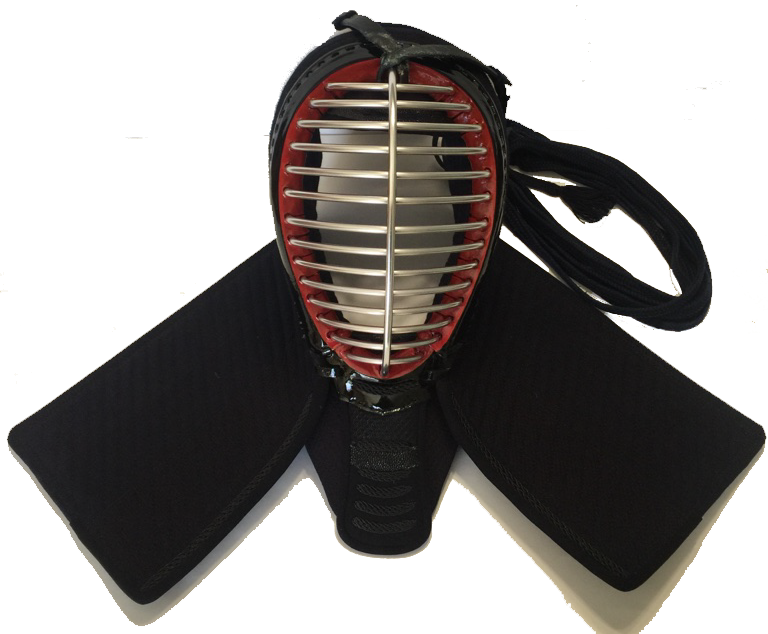 Kendo Men (Mask)
Kendo Men (Mask)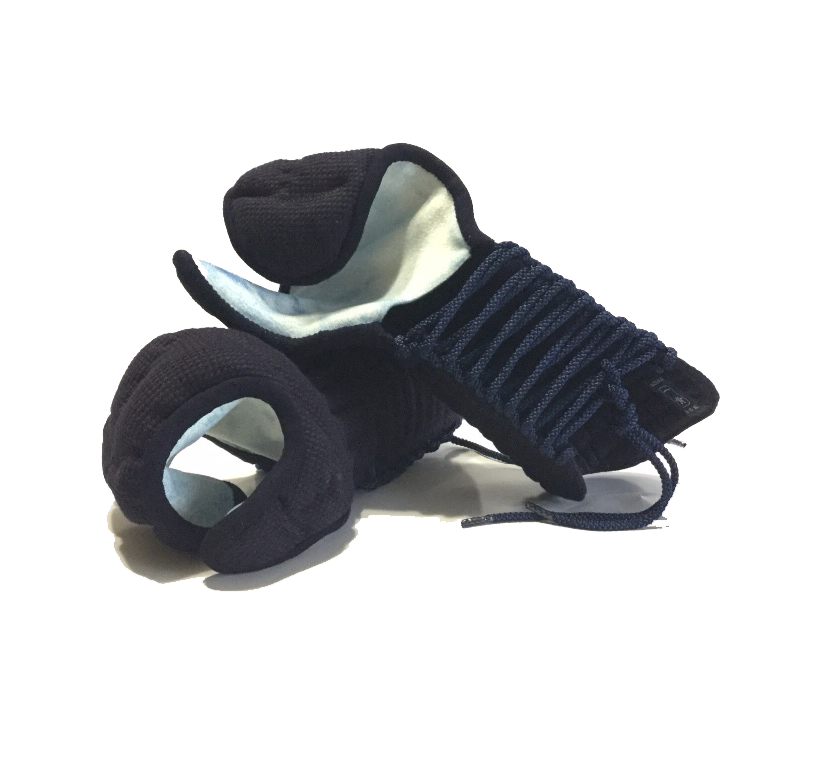 Kendo Kote (Gloves)
Kendo Kote (Gloves)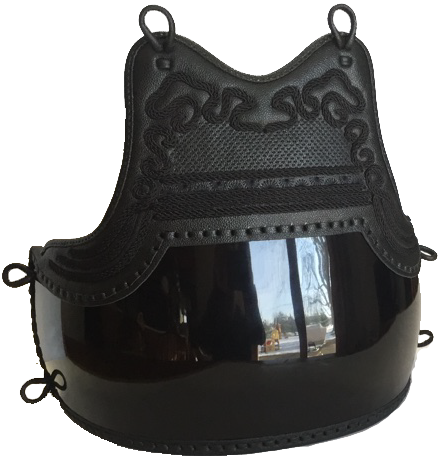 Kendo Do (Trunk Protector)
Kendo Do (Trunk Protector)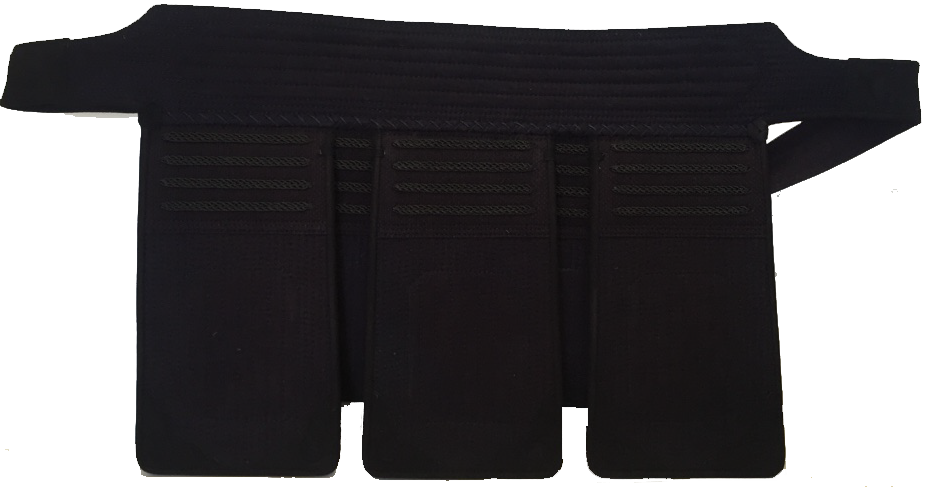 Kendo Tare (Waist Protector)
Kendo Tare (Waist Protector)We call a set of armour bogu in Japanese. Bogu means protectors.
These kendo equipment includes a mask or men, hand guards or kote, body protector or do and thigh protectors or tare.
Needless to say, they are all important since we have to protect our body well. Therefore, we want to choose good bogu.
However, at the beginning of your kendo life, it is not necessary to buy US$5,000 bogu at all.
Once we get better, we move on to a better set of bogu gradually.
I know many people want to buy a fancy kendo equipment. Again I say, Stick to the tradition.
For example, you should not buy a shiny do with a cool drawing on it.
Sure, these kendo equipment look cool but they are not for beginners.
What is important when we buy a bogu at the beginning is the size. We do not want to have a bogu too big or too small.
If it is too big, it does not protect you well.
If it is too small, it does not protect you well.
The size has to be right for you.
Every bogu shop tells you how to measure.
When you order your kendo equipment such as bogu, keikogi and hakama, you should follow their instructions on how to measure your size.
Kendo Guide for Beginners Available at Your Amazon
A Kendo Instruction Book Written By A Japanese For Non-Japanese Speakers Who Are Enthusiastic to Learn Kendo.
All the instructions of the basics on this site is in this book with
- New and Better Photos (taken for this book!) and
- Newly Edited Contents
- Corresponding Videos
Kindle version is available too. Click here to learn more about the book.





